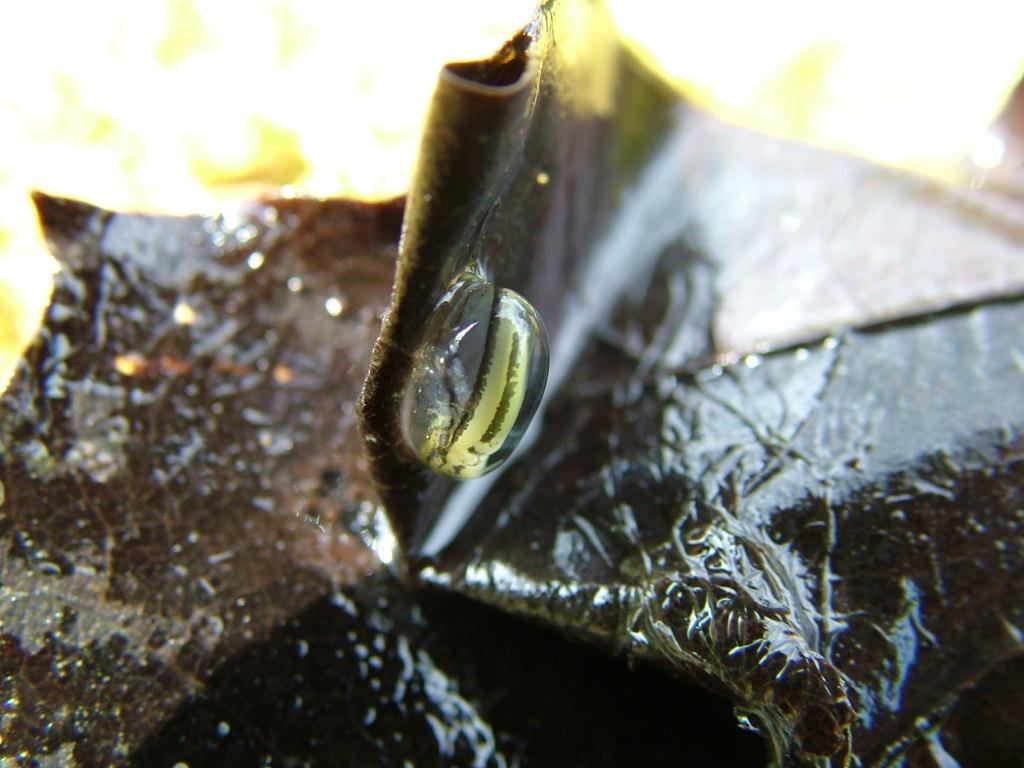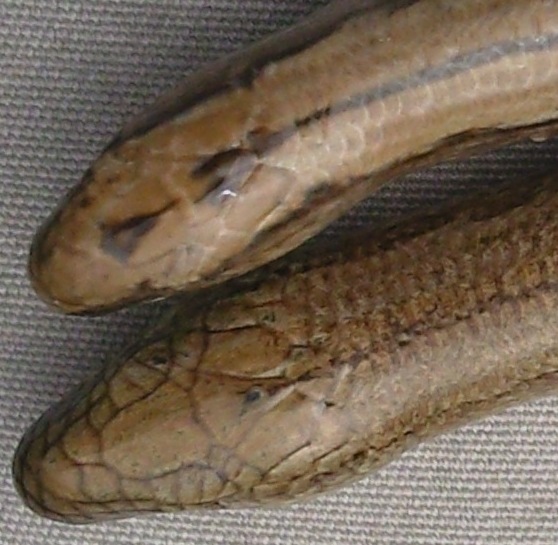 |
 |
GCN egg laying material: |
| Author | Message |
|
Caudata Member Joined: 05 Jan 2011 No. of posts: 3 View other posts by Caudata |
Posted: 11 Jan 2011 What do people think the likelihood is of GCN laying eggs on dead leaves in the base of woodland ponds with little or no aquatic macrophyte growth? I have never come across it however it seems a distinct possibility to me. Any thoughts or experience? Thankyou. |
|
will Senior Member Joined: 27 Feb 2007 No. of posts: 330 View other posts by will |
Posted: 12 Jan 2011 Hi often done in woodland ponds - see photo cheers Will  |
|
Matt Harris Senior Member Joined: 03 Jun 2003 No. of posts: 196 View other posts by Matt Harris |
Posted: 12 Jan 2011 I think they'll lay on pretty much anything, I've seen them on dead leaves and even stones where there were no leaves. The poroblem is of course that these eggs may be more vulnerable to predation than those safely wrapped up in a leaf. Gwent Amphibian and Reptile Group (GARG) |
|
Caudata Member Joined: 05 Jan 2011 No. of posts: 3 View other posts by Caudata |
Posted: 13 Jan 2011 Thanks alot for these replies. Greatly appreciated. Do either of you know if there is a reference to this in any scientific papers or books etc. Just so I can reference any of this in reports. |
|
will Senior Member Joined: 27 Feb 2007 No. of posts: 330 View other posts by will |
Posted: 13 Jan 2011 sorry mate, don't know of any references - just a lifetime misspent at the water's edge! |
|
Caleb Forum Coordinator Joined: 17 Feb 2003 No. of posts: 448 View other posts by Caleb |
Posted: 15 Jan 2011 [QUOTE=Caudata] Do either of you know if there is a reference to this in any scientific papers or books etc. [/QUOTE]From Smith, M. A., 1951. The British Amphibians and Reptiles. p. 31. "Occasionally newts resort to water in which there is no vegetation at all. If such ponds are dredged the eggs will be found attached by their gelatinous covering to pieces of sticks or dead leaves or other objects in the water. No attempt has been made to conceal them but they have been definitely attached to something and not dropped haphazardly as has been suggested." |
|
Scale Senior Member Joined: 05 Dec 2010 No. of posts: 83  View other posts by Scale |
Posted: 16 Jan 2011 I would imagine that UV levels and temperatures would be much lower at the base of a shaded pool. Possibly also higher predation rates as a result of bottom dwelling inverts, a weaker protective leaf barrier and a more conspicuous contrast in egg colour/increased risk of bacterial/fungal infection. In short I doubt it would be the selected choice for GCN oviposition. Having said all that I have found eggs on decaying leaves. Newly fallen ones after heavy winds are commonly used as are many other objects such as the fibrous roots of Sallow scrub. Try poking a few (say Crack Willow) twigs with leaves on the end into the silt and check them at a later date. This may save on the hard search!, depending on what the survey is for. |
|
Caudata Member Joined: 05 Jan 2011 No. of posts: 3 View other posts by Caudata |
Posted: 18 Jan 2011 Thanks for the responses. I am doing some management plans for HLS on some ponds, which are as I described heavily shaded, with no vegetation. So was just considering the possibilities of GCN using them. They scored quite high index scores (other than vegetation and shade), so after this info I will possibly advise a GCN survey before any work is carried out. |
|
Ewan Member Joined: 14 Jul 2003 No. of posts: 21 View other posts by Ewan |
Posted: 21 Jan 2011 Hi I've found this quite often. If you can't see the usual spawn plants, or even any aquatic plants, then scoop your net gently along the surface sediment of the pond and carefully pick through the dead leaves looking for eggs. Generally they will still be folded over. I've found them in the dead leaves of various broadleaved tree sp as well as in mushy dead leaves of various emergent reeds- iris/sparganium/typha etc. Good luck. Ewan Shilland Contract Research Scientist Environmental Change Research Centre University College London |
- GCN egg laying material |